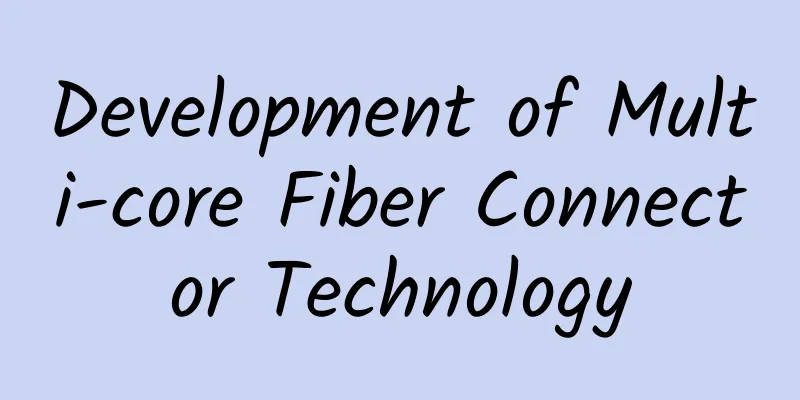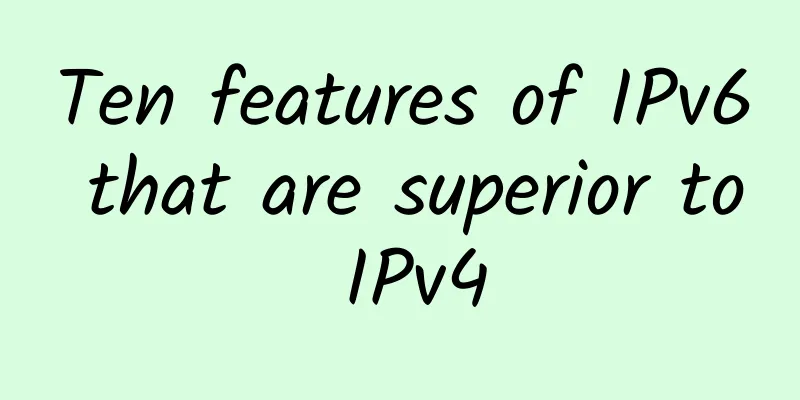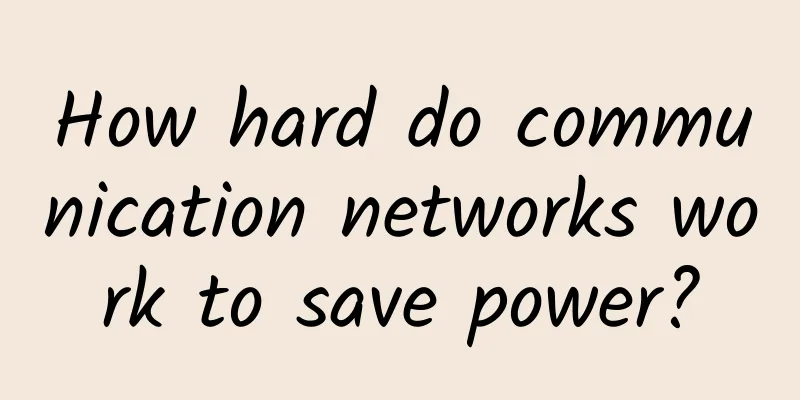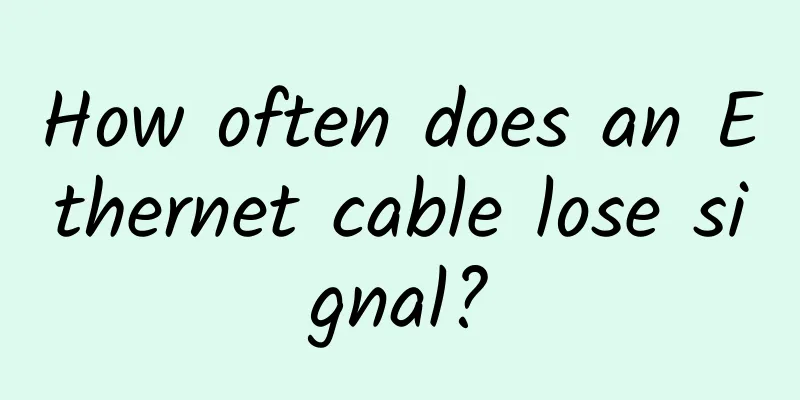Smart City - Application Areas of 5G
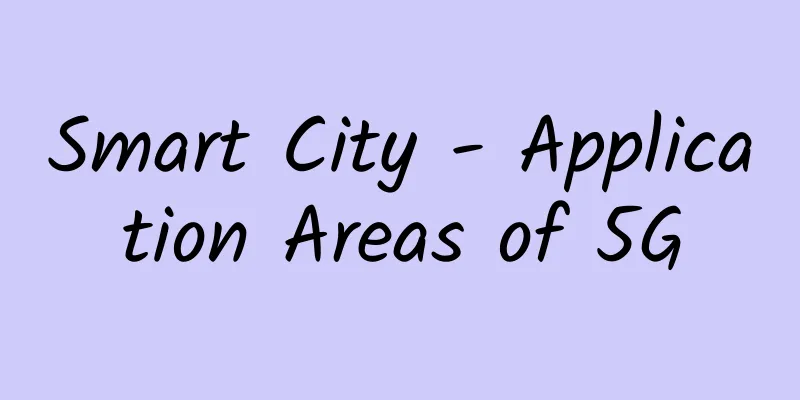
|
Smart city is one of the three major application scenarios of 5G. As a technological tool for building new smart cities, 5G will be an essential element similar to water and air to support the survival and operation of new smart cities, as well as an infrastructure to support social situation awareness. It innovates urban applications with technological progress, enriches the connotation of smart cities, and is a technical approach to achieve unimpeded communication channels. Smart City - Application Areas of 5G 5G is considered to be the beginning of the Internet of Everything. Its essence is a wider, faster and stronger information technology based on wireless sensors, pointing to more efficient and timely resource utilization. 5G will not only bring about an increase in network speed, but also mean reliable low-latency massive Internet of Things. According to the trend of technological development, around 2020, the application of 5G will become mature, and the construction of smart cities will enter a new stage. 5G provides direct solutions for the power grid/power, transportation, security and other aspects of smart cities, bringing many social and economic benefits. 1. Smart Home The smart home system controls and manages each device through information transmission and connection. Currently, all smart home devices operate at low power and exchange information with each other in different ways, which increases the delay problem between device transmissions, which directly affects the entire smart home life experience. The 5G network has a transmission speed of 10Gb per second, which will help detect and manage information, making the entire system more stable and faster. In this way, the "perception" between smart devices will be more accurate and faster, which will help improve the intelligence of the entire smart home control system. With the arrival of the 5G era, smart home products will be more sensitive, and the response speed of other traditional home appliances will be greatly improved. The smart home system will be able to carry more device connections and transmit larger traffic. 2. Smart Transportation The combination of 5G and cloud computing technologies can realize real-time information exchange between cars and roads, transmit each other's location, speed, and travel path, avoid traffic congestion, and provide prediction models for urban traffic planners. The intelligent transportation system based on 5G will be more interconnected, which can improve community traffic efficiency and reduce the occurrence of congestion. For public transportation, 5G can help reduce passenger waiting time, optimize bus inventory, provide real-time updated passenger information, vehicle information, and even support dynamic bus routes; the information exchange of vehicles, street lights and other equipment can also help smart parking, avoid congestion and idle parking spaces, and increase parking revenue by 27%. In addition, 5G smart transportation will help realize vehicle type classification, arrange vehicle routes according to road section carrying capacity, support intelligent traffic management, save about $100 million per year for drivers and related personnel in medium-sized cities, reduce traffic congestion by 40%, thereby bringing additional productivity and improving the quality of life of residents. At the same time, smart driving also puts forward higher requirements for large capacity, low latency and high reliability for the network. 3. Smart lighting The lighting system formed by the combination of 5G and the Internet of Things can automatically adjust the light according to whether there are pedestrians or vehicles on the road section, which can not only save energy but also protect community safety. In combination with air quality detection equipment, it can also save equipment operation and protection costs. Currently, San Diego and Barcelona have adopted smart lighting systems. Because of these street lights, San Diego saves about $1.9 million each year, and it is estimated that the system has the potential to save $1 billion per year for the entire United States. 4. Smart security Public safety is a very important part of smart cities, and the driving force behind its innovation lies in controllable and extensive wireless connections. The city of Chicago in the United States is using real-time surveillance video based on 4G to assist emergency personnel in assessing the situation before arriving at the scene. The smart city security system based on 5G will not only provide high-definition, real-time video information, but will even be able to perform active facial recognition. For example, San Francisco uses wireless sensors to generate detailed real-time firearm/gun detection. Once someone is found using a gun, the sensor can triangulate its location, sometimes even identify the mandatory model, and send the information to the police station, thereby speeding up the response time and deployment time, and ultimately reducing nearly 50% of gun crime incidents in the communities where the system is deployed. In addition, many communities use wireless sensors to deploy meteorological systems, issue climate warnings, and provide route navigation for drivers in climate events such as tornadoes and floods to avoid deaths caused by extreme climate. 5. Smart Grid One of the key solutions for smart cities based on 5G is smart grid, which is expected to have an overall benefit of $2 trillion in the next 20 years. Smart grid is a power transmission network system, also known as Grid 2.0, which reflects the obvious characteristics of highly integrated power flow, information flow and transaction flow. It can help better detect energy consumption, predict usage needs, support load balancing, reduce peak power consumption and power outages, and maintenance time, thereby reducing energy costs, improving energy transmission and utilization efficiency, enhancing the safety, reliability and flexibility of power grid operation, and achieving two-way interaction between the power grid and users. By installing smart grids, the city of Chattanooga in the United States reduced downtime by 50% during a severe storm and saved $1.4 million in operating costs during the storm. According to the latest report of the Parker Research Organization, the smart grid technology market will increase from $33 billion in 2012 to $73 billion in 2020. In 8 years, the market has accumulated to $494 billion. In the 5G era, the Internet exists more in the form of the Internet of Things, integrating cities. Today, the construction of smart cities has been launched in many regions at home and abroad, and a series of achievements have been made, such as Smart Shanghai and Smart Shuangliu in China, and Singapore's "Smart Country Plan" and South Korea's "U-City Plan" abroad. |
<<: Do you want to switch to a 5G package? Here is a comprehensive comparison of 5G packages
Recommend
With the support of 5G, the education industry is ushering in intelligent transformation
In 2020, my country's 5G network construction...
Chip shortages, edge computing and IoT will drive IT transformation in 2022
Forrester Research pointed out in its research th...
The impact of blockchain technology on the future world and data centers
As organizations gain a deeper understanding of t...
China 6G: The next technological frontier!
China is promoting the application of informatiza...
Ixia, a Business of Keysight Technologies, Helps Service Providers Accelerate NFV Deployment with NFVi Benchmarking Solution
Keysight Technologies, Inc. (NYSE: KEYS), a leadi...
Emergen research: By 2028, the global IoT chip market is expected to reach US$34.74 billion
March 16 news, recently, a report released by mar...
Just remember one number and you can quickly calculate the available range of the IP segment.
As long as you remember a simple number, you can ...
API requests are slow? This time the backend is not to blame
question During the development process, we found...
Talk about 5G in plain language: ten knowledge points to ensure you understand
When it comes to 5G, everyone can basically talk ...
5G is knocking on the door, but where is the infrastructure?
New Delhi: India is on the brink of the next gene...
HPE Aruba Networking: IT leaders lack awareness of how networking can enhance the employee experience
At present, the demand for hybrid office continue...
How small businesses will benefit from 5G
Before enough new devices enter the mainstream ma...
spinservers: $99/month 1Gbps unlimited traffic - E3-1280v5, 32G memory, 1T NVMe hard drive, Dallas data center
Last week we shared information about spinservers...
my country's 5G is still in the introduction stage, and integrated applications are still in the running-in stage
Statistics show that by the end of 2020, about on...
China Mobile and Huawei jointly complete 5G voice full function testing
Recently, China Mobile and Huawei jointly complet...




